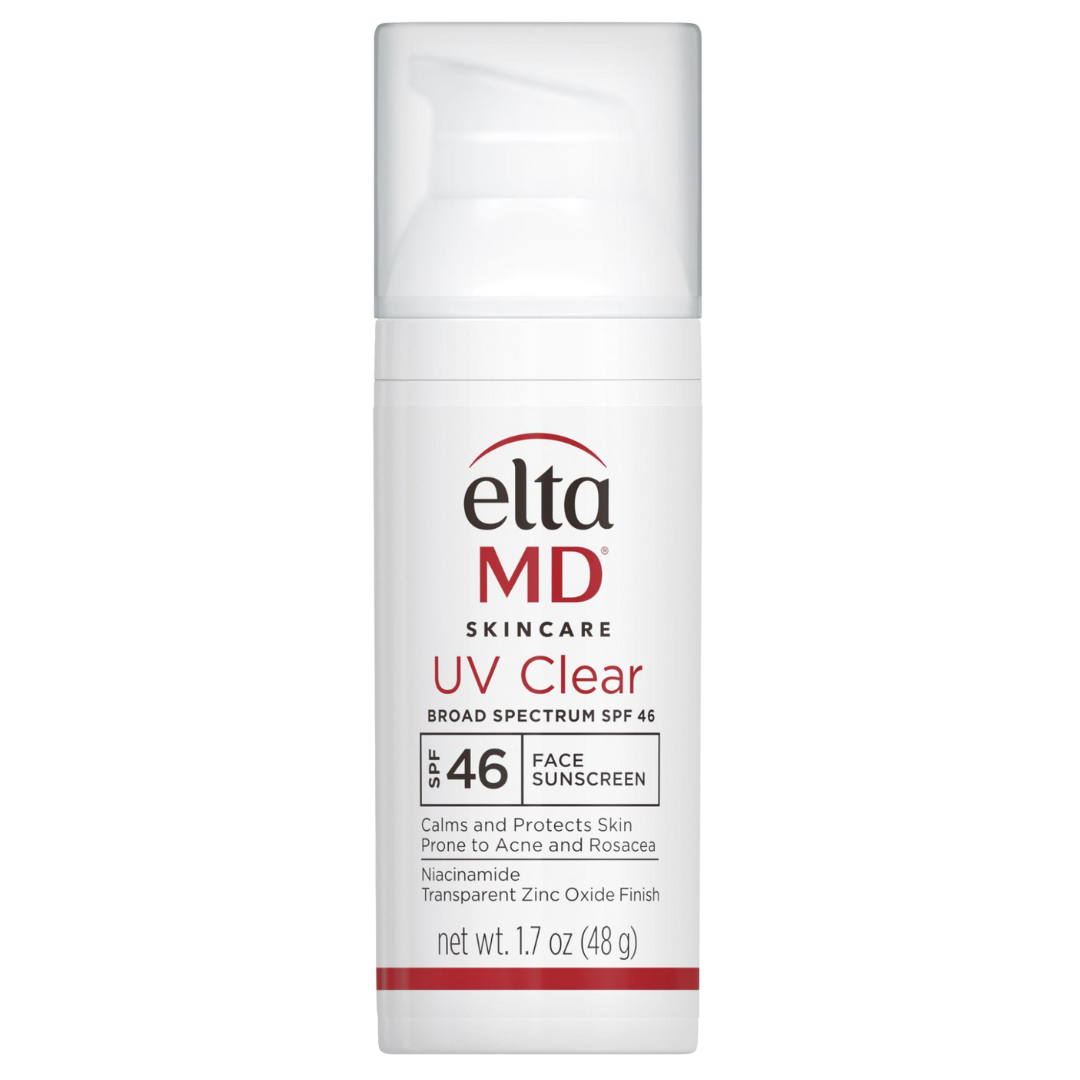What Is Photodynamic Therapy?
Photodynamic therapy (PDT) is a safe and effective treatment for a number of skin conditions, including cancerous lesions (e.g. superficial basal cell carcinoma or Bowen’s disease) and actinic keratosis (areas of sun damage that are considered precancerous).
Increasingly, PDT treatment is also being used to treat patients with acne and oily skin. With PDT, multiple lesions and large areas of sun damage can be treated at once with very little recovery time and without any risk of permanent skin whitening or scarring.
There are two types of PDT, Metvix and Levulan.
How Photodynamic Therapy Works
Metvix and Levulan are photosensitizing agents that are applied to the skin and allowed to absorb for 180 minutes.
These agents preferentially penetrate visible lesions as well as damaged cells below the surface destined to become actinic keratosis. The lesions are then exposed to daylight for several hours, or to red or blue light for between five and 15 minutes, which activates the medication and destroys the actinic keratosis or skin cancers without affecting the surrounding tissue.
During light exposure patients will feel a tingling or burning sensation. Once complete the area is covered in a white zinc oxide ointment, which can be removed at bedtime.
Daily use of sunscreen with an SPF 45 or more following the treatment will be essential. Most patients have a mild, sunburn-like reaction for several days and some will experience mild swelling, blistering or crusting. One to two treatments may be required.
Post Care:
Download Dermetics PDT post care instructions here.









